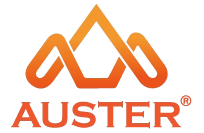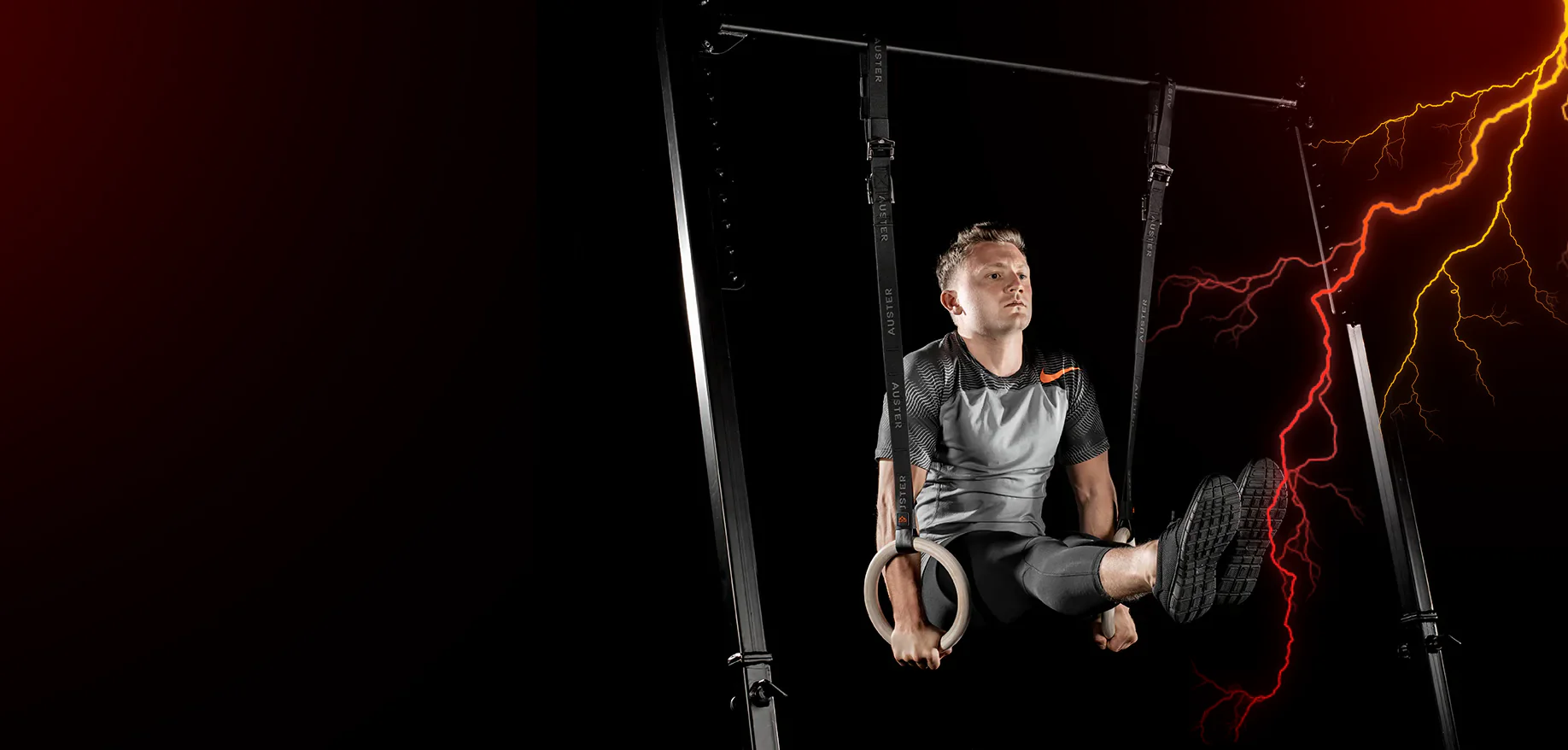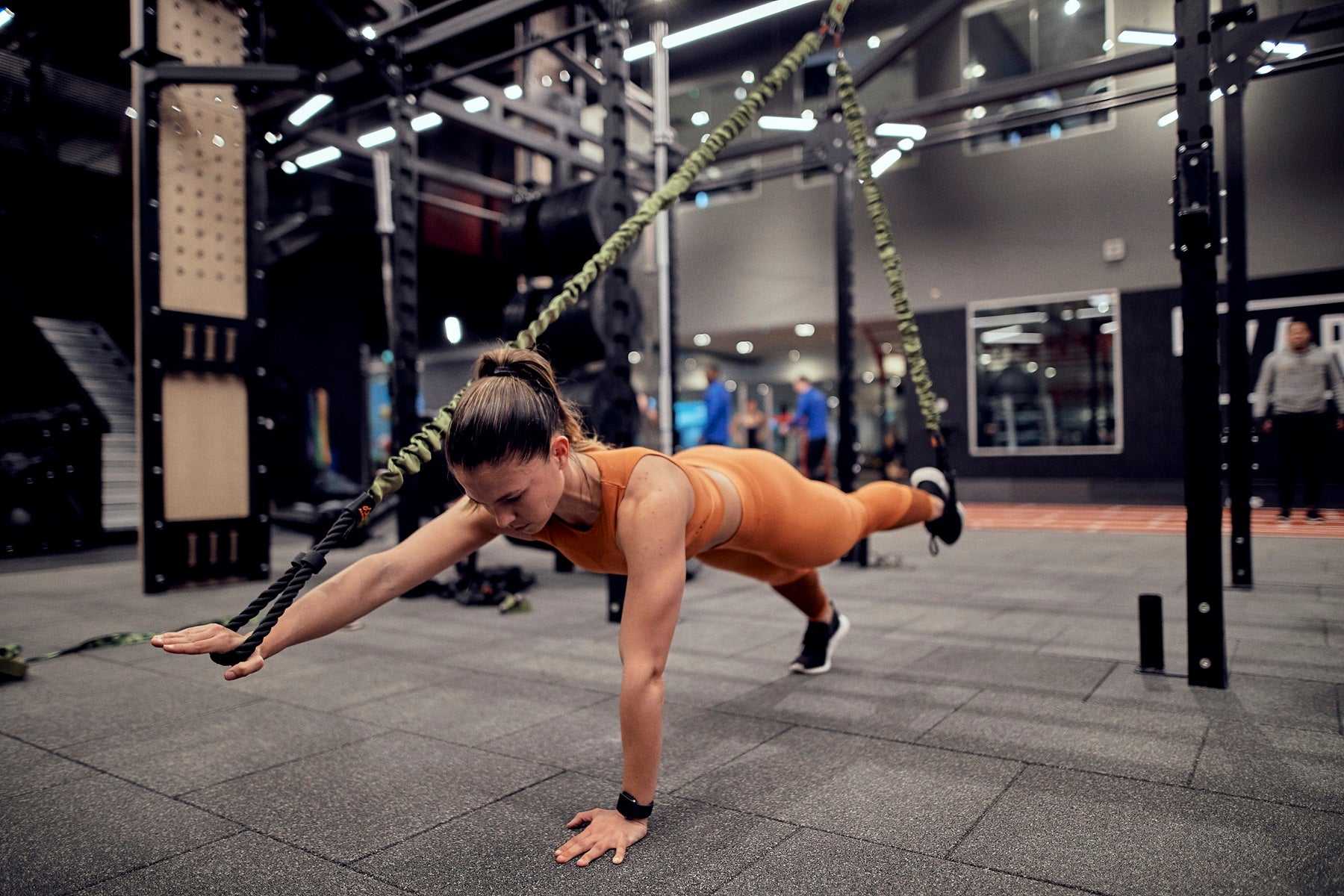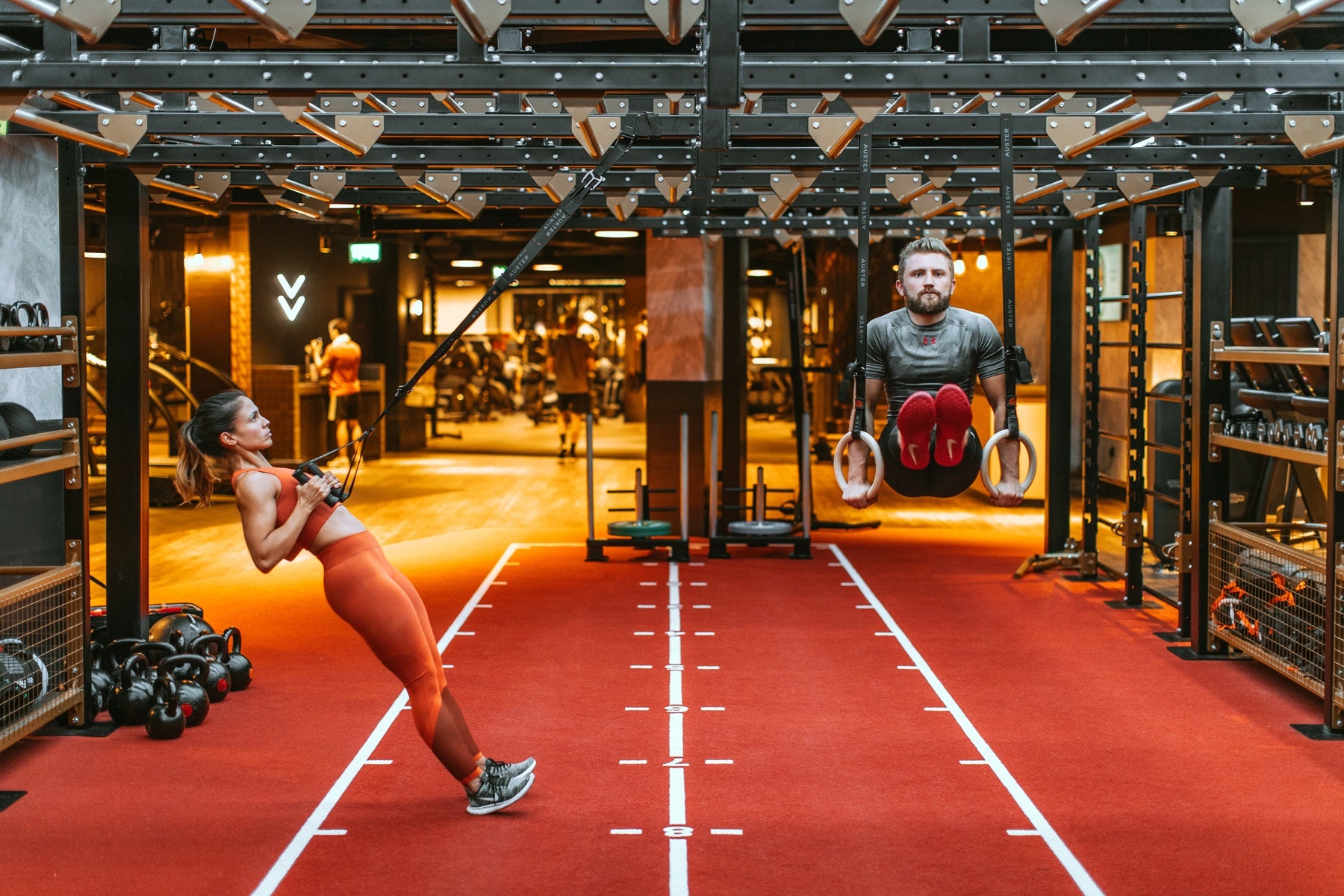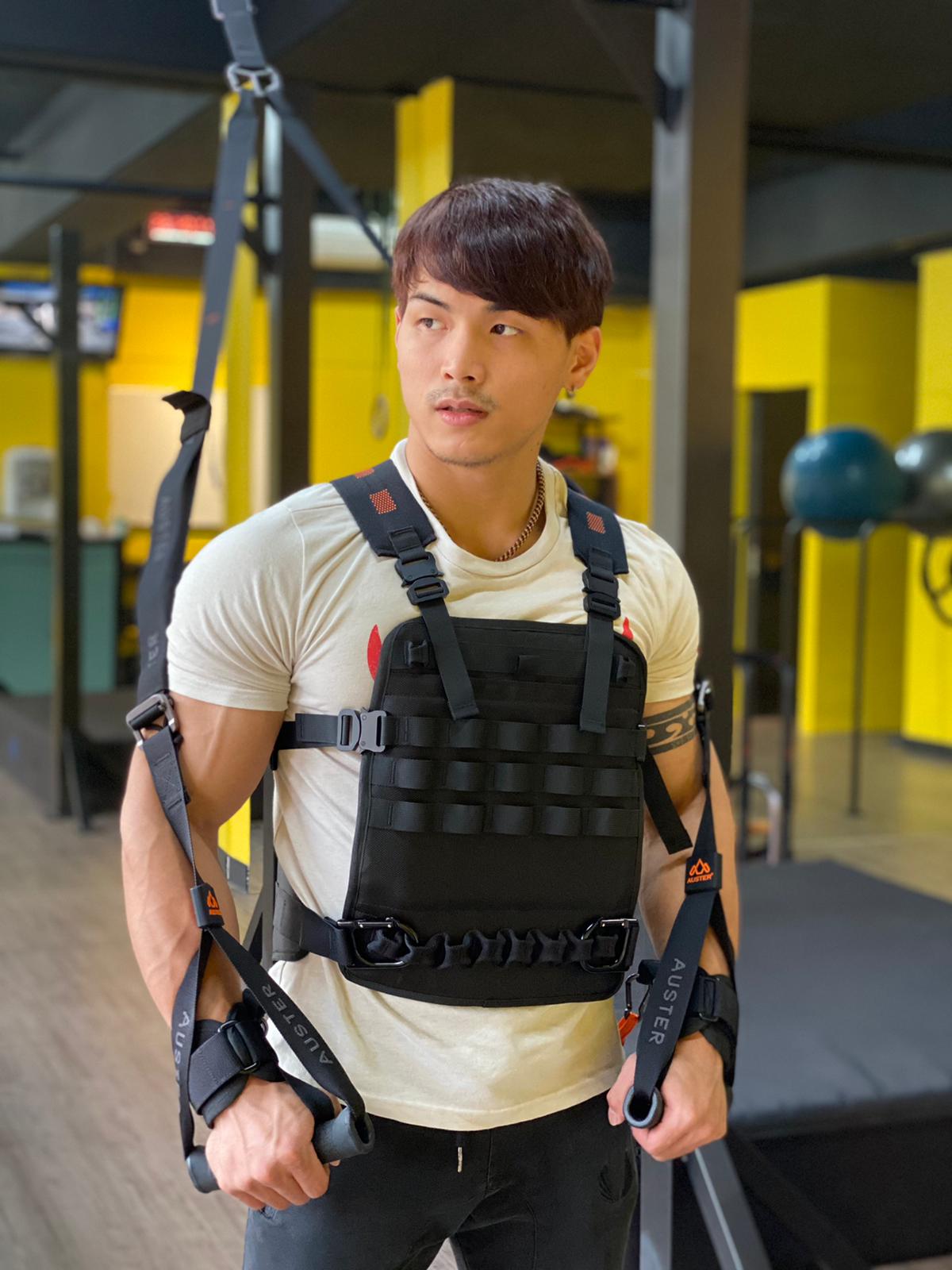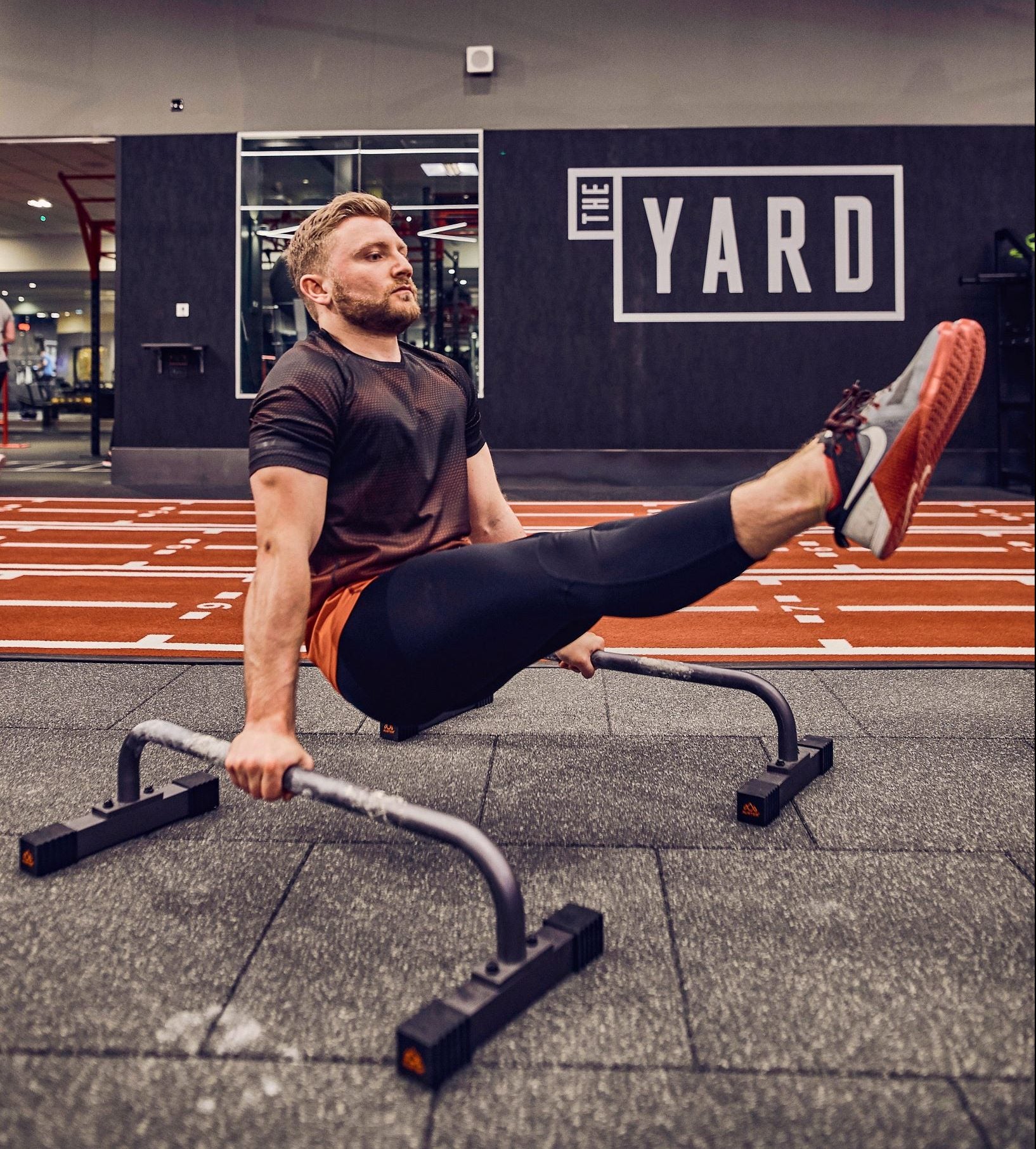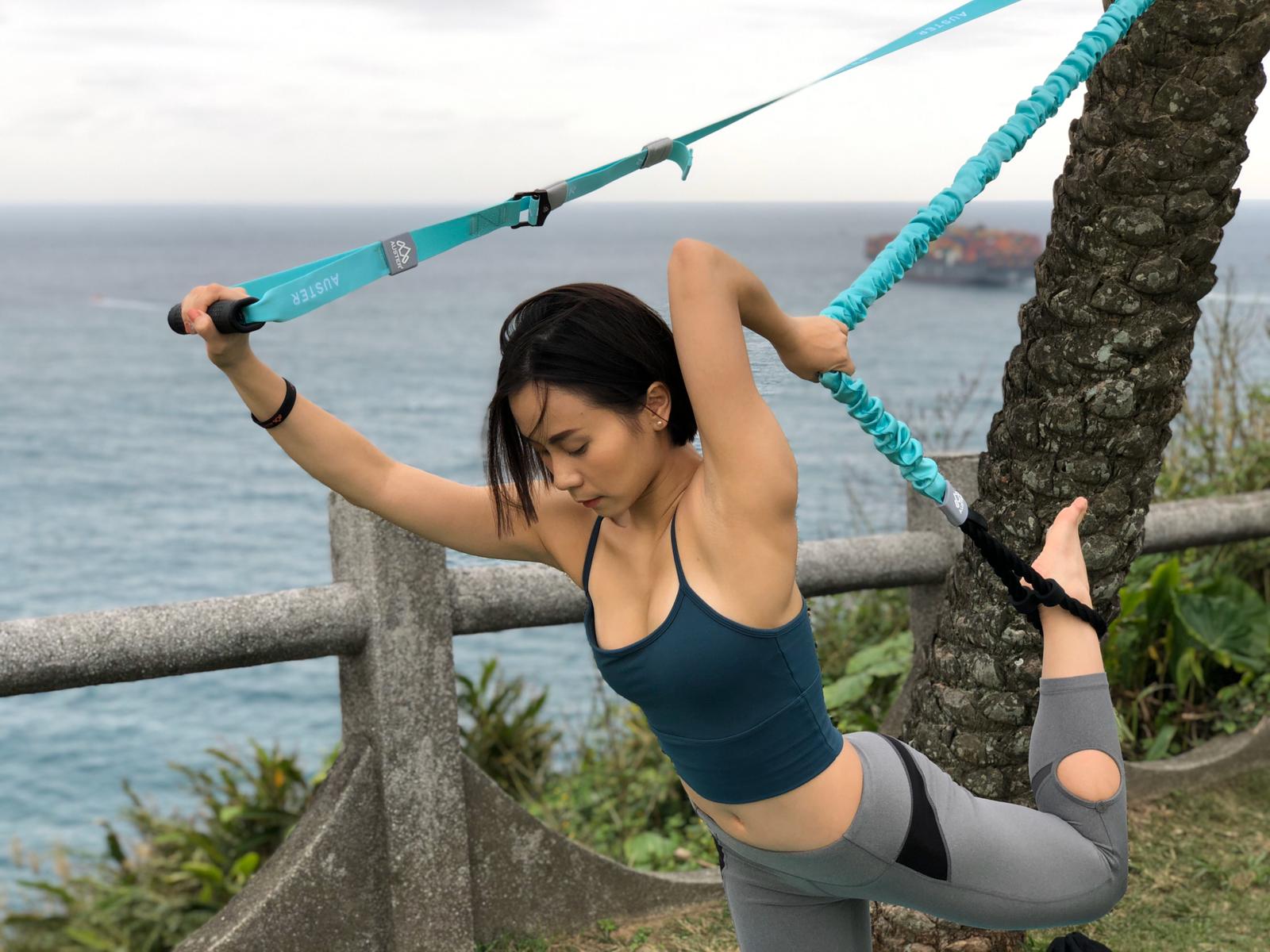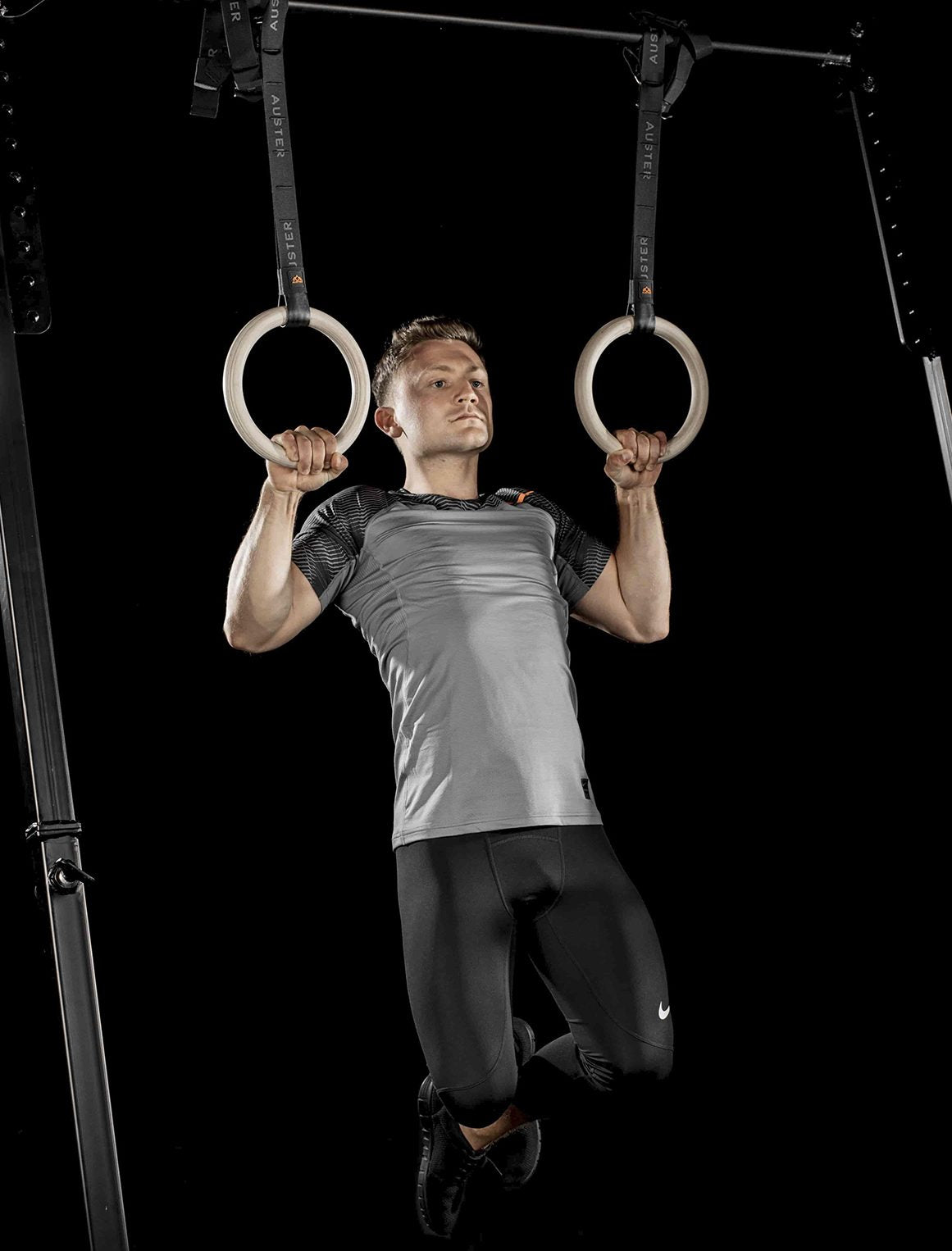
How to do your first Pull-up. The ultimate guide for those who find Pull-ups hard (or can't do them).
How to get your first pull up
One of the most basic and fundamental bodyweight exercises is the pull-up, also known as the chin-up. This exercise is where you hang your entire bodyweight, suspended from your arms and pull your body up. However just because this is one of the most basic bodyweight exercises, that does not mean it is easy. Pull-ups are simple to perform but requires a lot of upper body strength.
Which muscles are worked?
The muscles worked in a pull-up extend from the fingers, to the core; including the forearms, biceps, shoulders and back, including the lats, traps and rhomboids. When performed correctly pull-ups will also train the abdominals and obliques.
So why are pull-ups so hard?
Pull-ups use relatively small muscles, the biceps and forearms, to do quite a lot of the work. Whilst the back is used, it is the closing (flexion) of the elbow joint that does most of the movement. The whole bodyweight rests on the small muscles of the arm which typically spend most of the day only carrying themselves. If they are loaded, it is typically with very light weight, compared to your bodyweight.
How do I do my first pull-up?
Begin with bodyweight inverted rows, this is similar to a pull-up, but your feet are still on the ground. Using a suspension trainer, or securely racked bar, you begin by leaning back away from the bar and then pulling into your chest. The more vertical you are, the easier it is, likewise the more horizontal you are the harder it is – as there is more weight on your arms compared to your legs.
You should aim to being able to do minimum of 10 reps of the inverted row, with a completely horizontal body before attempting pull-ups.
Okay so I can do inverted rows, now what?
The hardest part of the pull-up is… well, the pulling up. This part of the exercise is the concentric part, and this is the most difficult part of any exercise. So a handy tip to progressing to a full pull-up, is by jumping up to the top position, so your chest is on the bar, and lowering yourself down slowly. This is called the eccentric phase of the exercise. Build up to doing lots of these reps, ensuring to lower yourself nice and slowly and you’ll quickly build up the strength to doing full pull-ups.
What other way can I help my pull-up strength?
Resistance bands can provide assistance, by putting a band over the bar and looping your feet through it, the band will provide maximum help at the start of the pull-up.
Cheating.. by using your lower legs to increase the height of your centre of mass, or providing upward momentum you can make pull-ups easier. These can be done if you have done a few strict reps and want to get a few more reps out. But don’t start with these, bad habits can stick.
Keep at it. Don’t get knocked if your numbers aren’t going up or you don’t feel stronger, be consistent and keep attacking the reps, rows and resistance bands and soon you’ll be flying up like a gymnast.
